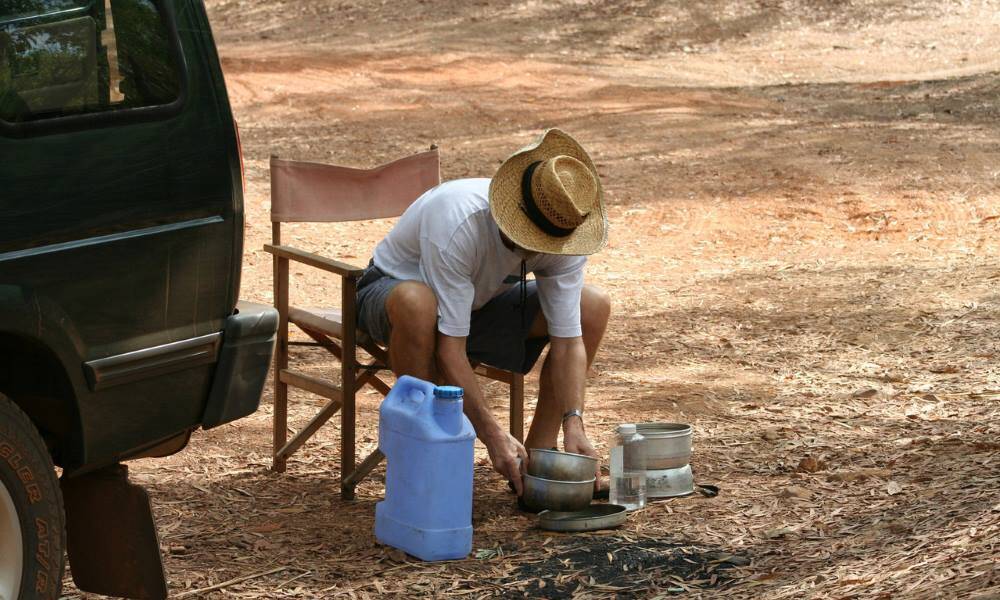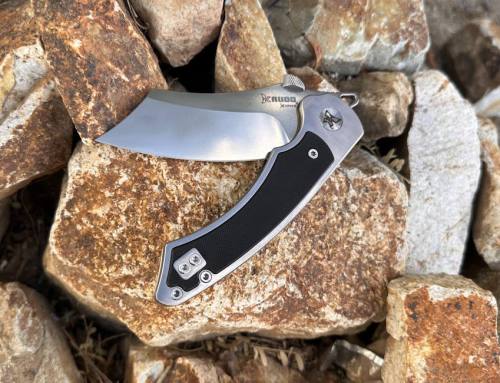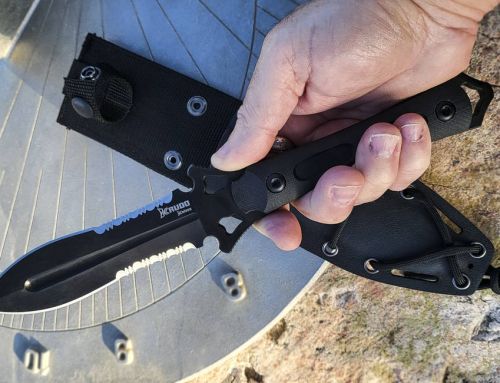For any serious survivalist, a situation that calls for a properly stocked bug out bag is an important topic and one to be considered very carefully.
Essentially, it’s a ready-to-go bag packed with what you need to make it through any kind of crisis situation, such as natural disasters like a flood, hurricane or tornado. There are also man-made catastrophes often lurking on the horizon, such as ecological disasters, economic collapse and war.
It’s a bleak picture and all could lead to extended time away from home. But being prepared for whatever might happen – from having ample food and water to carrying critical tools such as a knife – makes such fateful events much easier to contemplate.
Properly Stocked Bug Out Bag: A Temporary Solution
Bugging out is a last-resort strategy. Most people – even in the face of big disasters – will take more of a stay-put, dig-in attitude.
Bugging out is a different story. This is what you do when all other paths seem impossible to take. Thinking of it as “heading for the hills” – but in a controlled, prepared way.
A well-designed bug out bag will contain supplies for about 72 hours. But that of course raises the question: what to take with you if you are forced to bug out?
What to Stock in a Bug Out Bag
Opinions vary, but there are some categories that must be addressed if you want your properly stocked bug out bag to be a valuable resource.
For starters there are two absolute necessities.
Water. Carry as much as you can in bottles and a sturdy canteen, as you don’t know when or even if you will come across drinkable water (there are mobile water purification systems available if you have the cash). Keep in mind that the human body needs about 1 liter of water a day or you will face the risk of dehydration.
Food. Think cans with high-protein food such as beans and meat. Also, easy to carry energy bars or, in a pinch, candy bars. You can survive without food for a while, depending on the person. However, you will find that you do not function as well without it. Also consider bringing a simple pot and pan to cook food.
Important papers. Have these ready to go – social security card, passport, driver’s license. Any important account numbers should also be taken, as well as any permits or other important papers you think you will need. You have to act as if there will not be much to return you after the situation is over (although obviously you hope it will not come to that).
Almost as important as the water and food are the tools you pack. You won’t get far without the tools you need to build shelter, cut through forested areas or open a can of those beans.
Knife. The first tool to consider for your bug out bag is a knife. Versatile and useful, a sturdy knife can make the difference in how prepared you are for whatever happens. For excellent examples, check out options from respected knife makers, such as Krudo Knives. Krudo offers a variety of fixed knives that could handle the job for bugging out, from the BLISS Black and KRONA fixed blade to the multi-purpose Khatchet.
Other tools that will come in handy include screwdrivers, pliers, wire cutters and a small shovel. And don’t forget a compass.
Shelter and fire. You don’t want to sleep out in the open if at all possible. The first step is to get clothes that will keep you dry and protected – sturdy boots, a weather-proof poncho and a reflective survival blanket are all good choices.
The ability to build a fire is critical, and since you are planning ahead, you won’t have to rub sticks together. Pack lighters, waterproof matches and also some tinder to keep the fire going once you have it started.
First Aid. You’ll want a simple but well-stocked emergency aid kit that includes, at the minimum, adhesive bandages of various sizes, gauze dressing and an antibiotic ointment. You might also want to add suture kits in case the going gets very tough and also a blood clotting product, such as Quick Clot.
Lighting and communications. Make sure to pack at least two sources of light and make at least one, if not both, a flashlight with a powerful lamp. You can also pack in a few candles and even glow sticks. For communications, assume cell phone towers will be down, but take your phone, anyway, and make sure your phone charger is completely charged. The old stand-by – an AM/FM, battery-powered radio – is also important for getting whatever news is available and any official announcements.
What to put in a bug out bag is often a matter of personal choice, but the above items are a solid start. Here’s hoping you never find yourself in a situation where you have to use it.







Leave A Comment